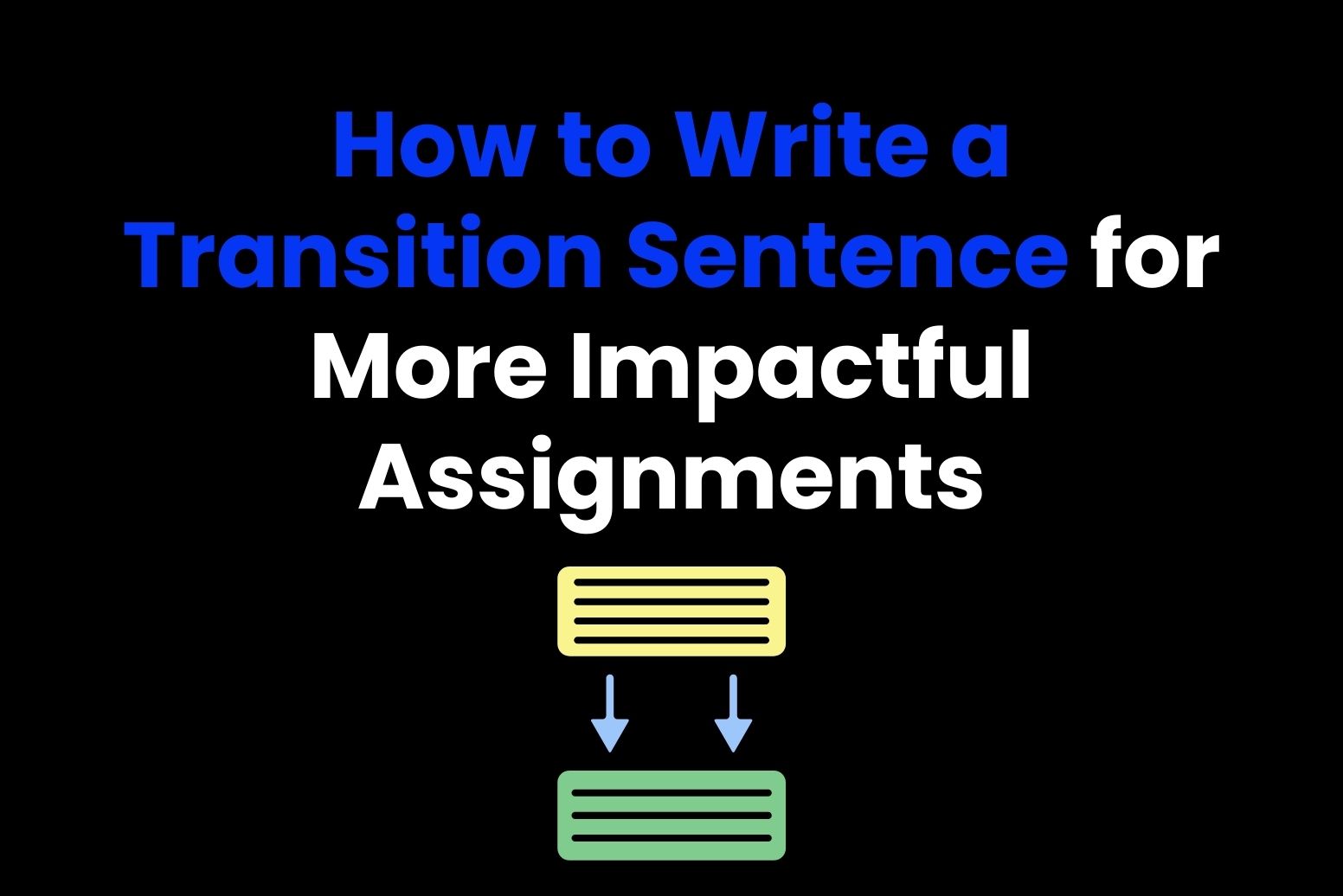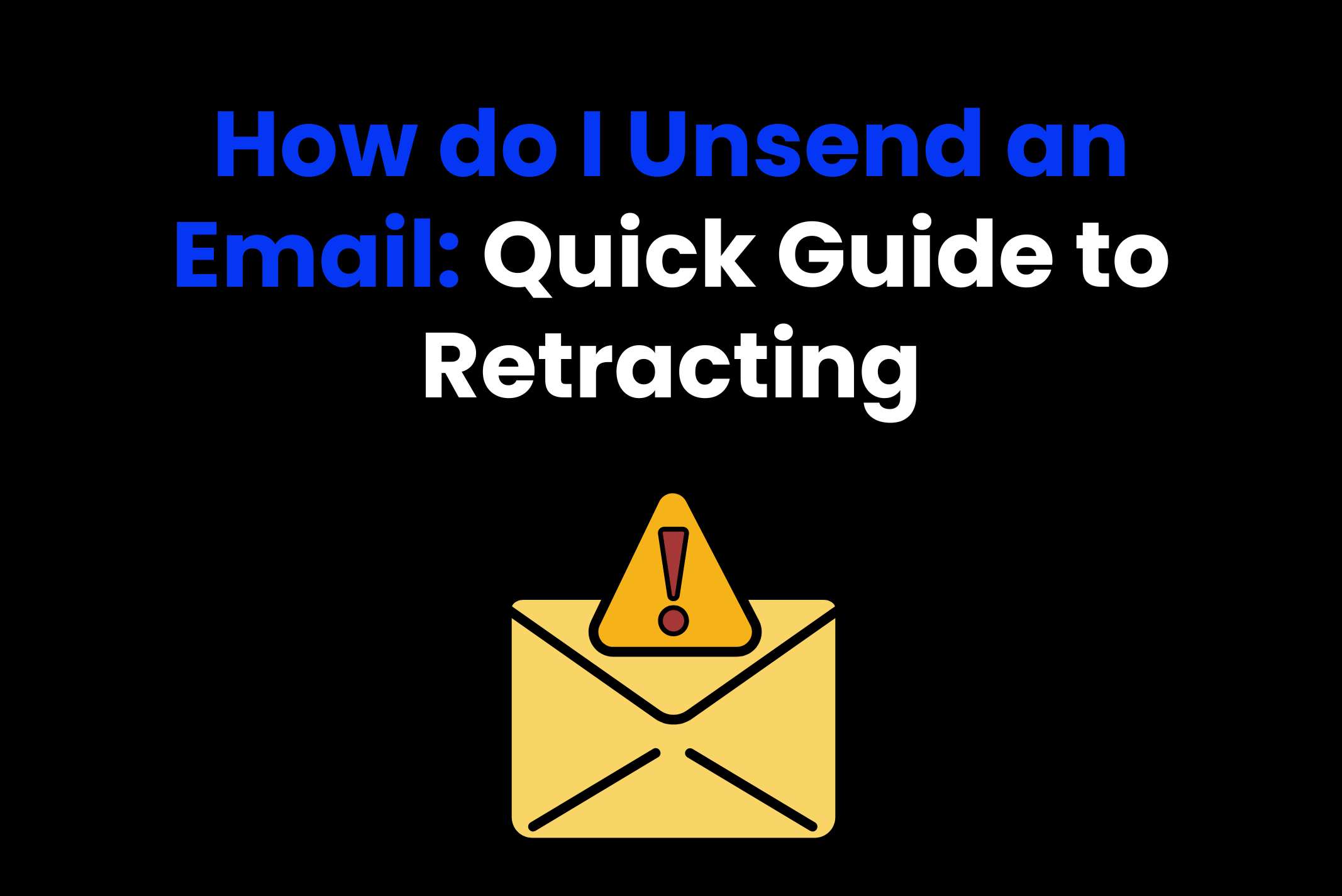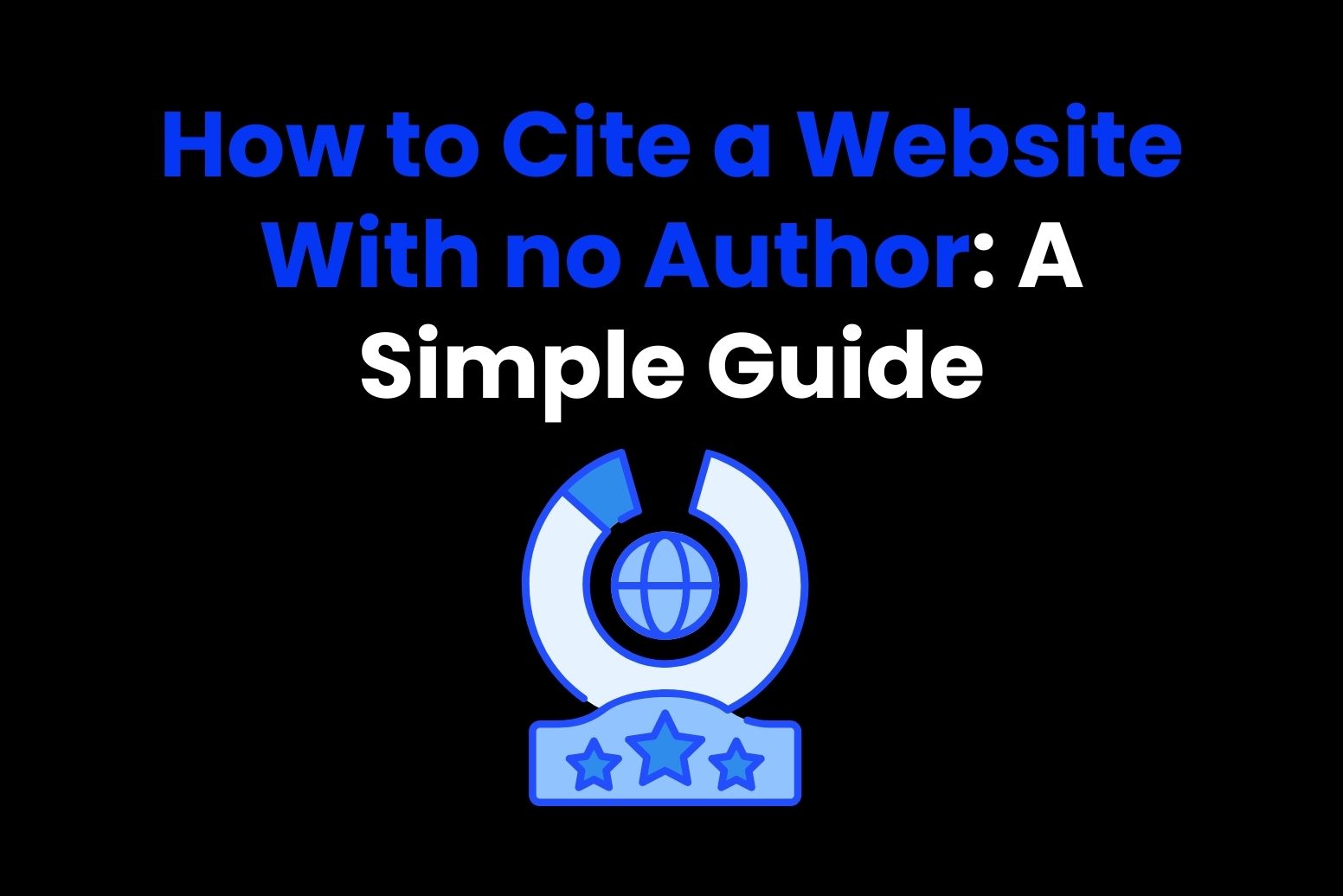By learning how to write a transition sentence, you can take your writing to the next level.
The truth is that transition words, phrases, and sentences are crucial aspects of creative, academic, and professional writing.
They connect ideas and concepts and ensure your paragraphs and sections flow well. Without transition sentences, your work would have a start-and-stop feel and would be difficult to read.
But even if you haven’t given them much though up until now, you probably use transitions each time you write a blog, essay, or email.
So, with this in mind, this article explains how to write a transition sentence. We also reveal examples, tips, and literary advice that will help to improve the follow and impact of your writing.
What is a transition sentence?

A transition sentence brings together ideas. Specifically, a high-quality transition clearly shows the relationship between these ideas to the reader. If you master transition sentences, your work will flow effortlessly from one sentence, section, or paragraph to the next.
One of the easiest ways to understand the role of a transition sentence is to regard it as a bridge. On either side of the bridge lies a community, and the bridge brings them together. They can operate independently, but the bridge connects them and strengthens them. This is precisely how a transition sentence works.
Both parts of the sentence can stand alone, but the transition phase connects them, often making the sentence more impactful.
To fully understand transition sentences, you need to first recognize transition words. These are the words you can add to a sentence to make it flow from one idea to the next. Below, we reveal some of the most common transition words you might rely on to connect your ideas.
Key transition words to connect your sentences
There are many ways to connect your ideas, and the transition word you use depends on how you want to relate the concepts. For instance, you might want to contrast two ideas, which is where “in contrast” or “conversely” would come in useful.
You may also form a transition sentence to show cause and effect, so using “because” or “therefore” makes sense. Given the variety of transition words available to you, we’ve categorized them below with some examples of how to use them in practice.
Cause & effect
Transition words can highlight the relationship between two ideas, known as cause and effect. Examples include words like because, therefore, as a result, and consequently.
Example: As a result of the Hitler’s greed and desire to conquer the world, the Nazis started losing the Second World War.
Contrast
Some transition sentences are required to present contrasting ideas. This is when you place two concepts against one another, encouraging the reader to see both sides of the coin. Examples include but, however, on the other hand, and although.
Example: Winston Churchill was undoubtedly a strong and competent leader, but Hitler’s personality was the main reason for Germany’s defeat in the Second World War.
Addition
You can also use transition sentences to provide additional information to the reader. This should supplement the point or argument you have already made, and the second half of the sentence must be relevant to the first. Examples include and, also, in addition, moreover, and besides.
Example: Germany’s defeat on the European battlegrounds was compounded by the harsh Russian winter and their miscalculation of Allied strength on the sea and in the air.
Emphasis
Some transition words are classified by their emphasis, as they help you to draw attention to a specific point. This can strengthen your argument or emphasize your position on something in your writing. Examples include indeed, in fact, and certainly.
Example: Churchill’s refusal to give in to Hitler’s demands did, in fact, signify a major turning point in the Second World War.
Time
Transition words and sentences are also commonly used to indicate the progression from one idea to the next. This is particularly helpful if you’re presenting ideas in chronological order. You can use transition words like then, next, after, before, and subsequently.
Example: Hitler first invaded Austria. Then, he turned his attention to Czechoslovakia in his quest for Lebensraum (living space) for the German people.
Comparison
You may also need to use transition words and sentences to compare ideas or to show similarities between concepts. To do this, you can use transition words like similarly, likewise, and in the same way.
Example: Mussolini was known to be unreasonable. Similarly, Hitler was just as difficult to negotiate with from an Allied perspective.
The different types of transition sentences

The examples above are just some of the ways to transition from one idea to the next. But as well as using various words and transitioning for numerous reasons, you should be aware that there are different types of transition sentences:
Transitioning within paragraphs
Throughout your academic writing, you will almost certainly need to transition between sentences without jumping straight into a new paragraph.
Therefore, transitional words and phrases can make a huge difference to the flow of your writing. They will reveal to the reader that you’re introducing a new concept while ensuring they understand that it’s related to the one you’ve just mentioned.
It’s best to keep these transitions tight as if you’re introducing complex, contrasting viewpoints, and you will need to start a new paragraph. Here’s an example to show you how transition sentences can work within a paragraph:
Hitler is usually described as the pure embodiment of evil. But there’s compelling proof that his mania was caused, at least in part, by mental and physical illnesses.
Transitioning between paragraphs
When used correctly throughout an assignment, transition sentences can help you to write much more fluid essays. They do this by helping you transition from one paragraph to the next. Some students struggle with transitioning between paragraphs, leading them to abandon one idea in pursuit of another.
As such, effective transition sentences help the reader clearly see the relationship between the last line of the previous paragraph and the first line of the next. Here’s an example:
Adolf Hitler signified his intentions to the world when he annexed Austria and parts of Czechoslovakia in 1938.
However, it was his invasion of Poland in September 1939 that changed the course of history and, ultimately, brought about the beginning of the Second World War.
As you can see above, both sentences are closely linked. But using “however” as a transition word enables us to change the topic slightly and reinforce a stronger argument.
Transitioning between sentences
When you’re moving from one section of your writing to the next, a transition sentence can help the reader in several ways.
First, it makes your writing more cohesive and ensures each section flows into the next. Moreover, it helps to link the concepts you’re explaining and ensures the piece reads as an entire essay rather than several individual assignments grouped together. For example:
Having proven that Adolf Hitler’s invasion of Poland in 1939 was the catalyst for the declaration of war, it is now time to look closely at the Fuhrer’s subsequent invasions and how they involved the rest of the world in the conflict.
Using “having proven that” is an effective way to refer to the arguments just made. We then progress with the transitional phrase “it’s now time to,” explaining to the reader that we’re moving into the next section of our essay.
How to write a transition sentence: Step-by-step process
You’re now aware of the role that transition words and phrases play in transition sentences. We’ve also shown you the different roles of transition sentences, highlighting how they can link sentences within paragraphs or entire sections of your essay.
Therefore, it’s time to show you precisely how to write a transition sentence. Here’s a step-by-step guide that will help you form clear and relevant transitions in your academic essays:
Step 1: Identify the relationship between your ideas
You should only use a transition sentence when there’s a clear relationship between the two ideas or concepts you’re presenting. If there isn’t, you can end the sentence and begin a new one without a transition.
Remember, a transition sentence is a way of directly connecting or bridging the two sentences, so not every sentence requires such an intervention.
At this stage, it’s helpful to consider which type of transition you need to make. For instance, it might be cause & effect, addition, emphasis, or time, as introduced above. You can then decide which transition word is most suitable.
Step 2: Try different transition words and phrases
You will find that several transition words may work well in your transition sentence. Therefore, don’t be scared to play around with your vocabulary and mix things up to avoid repetition.
For example, if you have used “but” several times already for contrasting transitions, switch it up and use “however” or “on the other hand.” Doing so will enrich your writing and make it more engaging. You can use our Grammar Checker tool to identify improvements in your work.
Alternatively, prompt our AI Chat tool to come up with transition words and phrases that you can use instead of the ones already in your writing.
Step 3: Read & check the transition before proceeding
Finally, you need to read the transition sentence you’ve just written and ensure that it helps the flow of your essay. If it doesn’t, try using different transition words or phrases.
Alternatively, if the sentence hinders the flow, it may be a sign that it’s time to start a new paragraph or section. Remember, not all concepts need to be directly linked via a transition, so it might be a better option to start afresh in a new paragraph.
How to write a transition sentence: Tips for sharpening your writing
Transition words and sentences are undeniably useful, but you don’t always need to use them. In fact, overusing transitions is just as bad as underusing them, and it’s likely to drive your professor crazy.
Remember the golden rule: transition sentences and words are only necessary when connecting two ideas or concepts.
With that in mind, here are some tips to consider when planning to add a transition sentence to your essay:
Avoid repetition
One of the main mistakes that students make when using transitions is repeating the same one over and over again. While it’s not easy to avoid using “and” or “but,” overusing transitions like “moreover” and “therefore” will cause them to stick out like a sore thumb.
Ideally, you shouldn’t use the same polysyllabic transition word more than once or twice in a single essay. There are enough synonyms of common transitional phrases and words that will help you to avoid needless repetition.
To identify repetitive transition words, always proofread your essay and specifically look out for the transition words introduced here. You can then ask Arvin to act as a synonym finder, helping you to find better alternatives that improve your writing.
Don’t always start with the transition word
The beauty of transition words and phrases is that they don’t need to be added to the start of a sentence. Rather, you can include them in the middle or towards the end.
This variety makes your work much easier to read, and it draws attention away from your use of said transitions. Here’s an example of how to mix things up:
Example 1: Transition word at the start
Although Hitler was a mean-spirited dictator, he had a soft spot for animals, which showed in his love for German Shepherds.
Example 2: Transition word in the middle
Hitler was a mean-spirited dictator, although he had a soft spot for animals, as highlighted by his love for German shepherds.
This shows that you can use transitions in different ways for the same purpose. Both sentences make sense, but including the word or phrase in the middle of the sentence makes it seem less pronounced to the reader.
Use transitions to expand your writing
When used skillfully and appropriately, transition sentences can expand your writing. You can connect concepts, paragraphs, and sections of your work for a longer and more comprehensive essay.
This can help you when elaborating on ideas or presenting different parts of your thesis. It can also help you to meet the word counts set by your professors. Another way to expand your work is to use our Essay Expander Tool, which makes it easy to meet tough word counts while maintaining the quality of your work.
Recap: How to write a transition sentence
As you now know, learning how to write a transition sentence isn’t difficult. In fact, you probably already know how to instinctively include transitions in your writing. But now, you can fully understand them and know how to master transition words and sentences for more impactful writing.
You can follow our blog for more insightful tips and expert advice that will help polish our writing. For instance, check out our recent article that reveals how to start an essay to get your academic assignments off to the perfect start.
How to write a transition sentence FAQ
What is a good example of a transition sentence?
Here’s a great example of a transition sentence to show how it should look: “We took the train to Mumbai after arriving in India in the worst weather imaginable. Therefore, it shouldn’t come as a surprise that it was one of the most delayed train journeys we’ve ever taken.” Transition sentences bridge two ideas or concepts to ensure the sentences flow well.
How do you write a smooth transition sentence?
Writing a smooth transition sentence is about considering which transition words and phrases would be most appropriate for the context of the sentence. Moreover, to help the flow of your text, you might consider including the transition words in the middle of the sentence rather than at the beginning.
What is a transition sentence starter?
There are many transition sentence starters, and it depends on what you’re trying to convey. However, commonly used sentence starters include: therefore, moreover, furthermore, additionally, however, on the other hand, in fact, on the contrary, and others.
What are 10 examples of transition words?
Here are ten of the most popular examples of transition words that you might consider to tie your sentences together: again, besides, finally, furthermore, next, later, in addition, also, before, and after. Read our recommendations above for more examples of transition words and phrases that are commonly used to improve the flow of written work.








